'Kolberg': the Unusual Blockbuster Premiered in the Middle of the Downfall of the Third Reich
This image was taken in Germany in World War II. It is not a joke. It's from a movie shot with a huge display of means while the allies bombed the country.
On October 22, 1943, at the initiative of Joseph Goebbels, nazi Germany began the filming of one of the largest - and least viewed - blockbusters in film history: "Kolberg." The war had begun to twist for Hitler. Hitherto unstoppable, the German forces had been defeated in November 1942 at El Alamein, and in February 1943 the Third Reich met at Stalingrad with the turning point of its military expansion. In July, the tanks of the Wehrmacht were defeated by the Soviets at the Battle of Kursk. That same month, British and Americans disembarked in Sicily, and Mussolini was dismissed and arrested. In September, Marshal Badoglio signed the armistice between Italy and the allies. Hitler was left without his main ally. Although Germany still had great power, it had gone on the defensive.
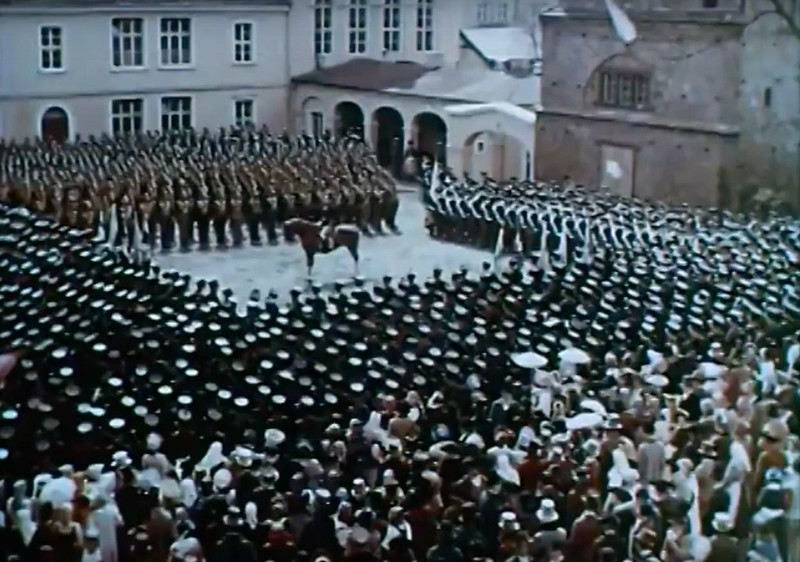
Manipulating history to encourage Germans to fight
Aware that the allies would end up disembarking in France and the Germans would be surrounded on three fronts, Goebbels had the idea of shooting a great film that would encourage the German people to the resistance. For this reason he chose the Napoleonic wars and, specifically, the invasion by the French troops of the Pomeranian region (then Prussia, now Poland), and specifically the defense of the city of Kolberg (now Kołobrzeg). The problem is that the Kolberg site ended, in reality, with the surrender of Prussia. What to do then to find in those events an inspiration for Nazi Germany? The decision was very simple: they decided to manipulate history to affirm that France had given up taking the city to its fierce resistance. All this adorned with allegorical calls to the resistance of the Prussians against the French invader, which counted on the support of Poles and Italians.

The number of extras was greater than that of the troops who fought in the real battle
The taste of the Third Reich for making everything bigger, better, led the film to incur a paradox. And is that "Kolberg" is one of those rare films that had more troops in their cast than those who fought in real events. If the actual battle had faced some 6,000 Prussian soldiers in 1806 against some 14,000 Frenchmen and allies, the Nazi film had 187,000 supporting actors, including 50,000 soldiers and 6,000 sailors. Already only in the military, the production of the UFA almost multiplied by three the number of soldiers of the real battle. To this we must add 4,000 horses. Imagine for a moment not only the logistical challenge - food, lodging, costumes, makeup, etc. - of employing all these people in a film, but an even more incomprehensible fact: in the middle of war, and with Germany on the defensive, "Kolberg" grouped a number of extras that duplicated the current staff of the Spanish Army. To this day, "Kolberg" remains the second film with the greatest cast in the history of cinema.
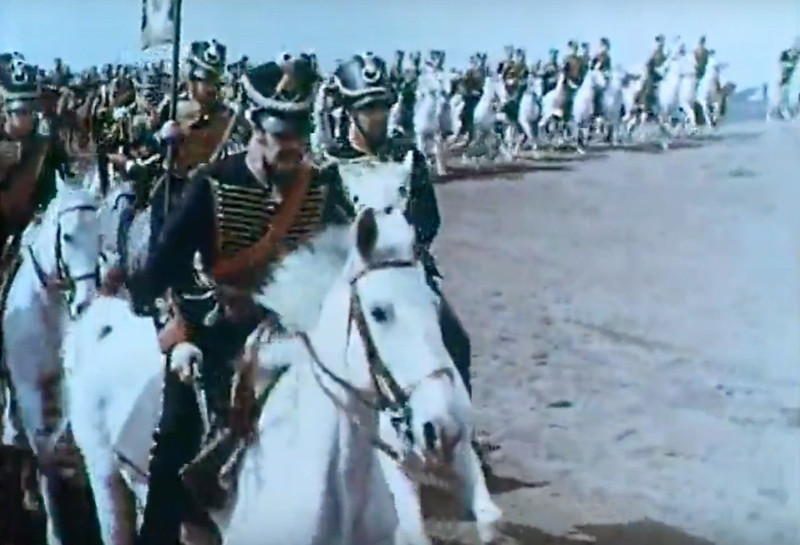
The most expensive movie in Nazi cinema
To mobilize all these resources, on June 1, 1943 Goebbels had signed a letter authorizing "all departments of the Wehrmacht, the state and the party, as necessary, to ask for their help and support." In the same letter, the Nazi propaganda minister pointed out that the movie "should be the example of the city, which gives the film its title, to show that united in the home and on the front, the town surpasses any opponent." Goebbels ordered to suppress several scenes of the final assembly. Specifically shortened the long scene that showed the citizens of Kolberg being crushed by the artillery of Napoleon, because he believed that the German audience - then already subjected to heavy bombing - would not support them. Some agonizing deaths of soldiers were also suppressed. Goebbels did not want viewers to see death in combat as something dramatic. The propaganda minister believed that the film could change the course of the war, by encouraging the Germans to fight, and for that he spared no expense: it cost 8.8 million marks (so we can give an idea, with that big buck 205 fighters Messerschmitt Bf-109G could have been built). Already only the pyrotechnics budget was 400,000 marks (at change, 9 fighters of the aforementioned model). It became the most expensive German film of the war.
100 wagons were filled to transport salt and simulate the snow
The film was filmed in Agfacolor, with outdoors in Kolberg itself, Berlin, Königsberg (now Kaliningrad, part of Russia), Seeburg and Neustettin. As the winter scenes of the French attack on Kolberg were shot in the summer, 100 train cars were brought to bring salt to Pomerania. The film was completed in August 1944, when the allies had already landed in Normandy, the same month that Paris was liberated. It ended at the Babelsberg studios in Potsdam, while the Allied bombers ravaged that city and Berlin.
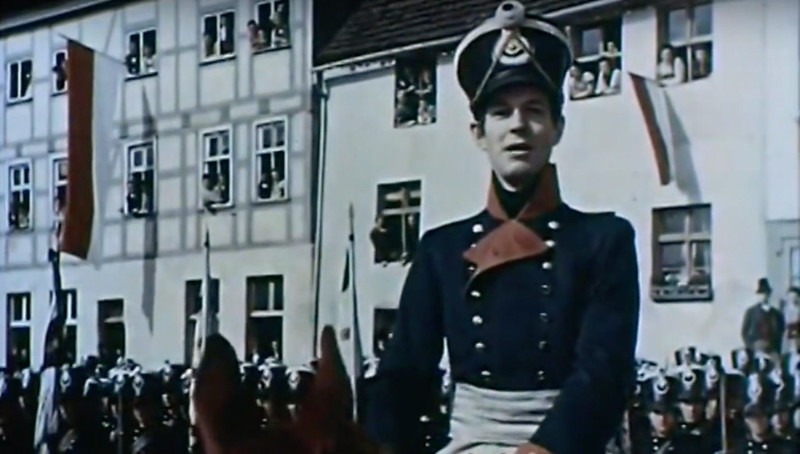
The film was parachuted on the besieged base of La Rochelle
The film was released in two simultaneous passes on January 30, 1945, coinciding with the 12th anniversary of Hitler's rise to power. One was made at the UFA Alexanderplatz cinema in Berlin. The other was made at the Théâtre de la Ville cinema in La Rochelle, a French town that housed one of the most important German naval bases and which, since September 1944, was besieged by the allies. To send a tape of the film there, a German plane had to throw it with a parachute. It never came to be projected massively, since in Germany there were no cinemas to show it. Ironically, on March 18, 1945 Kolberg fell into the hands of Soviet and Polish forces. After the war, the entire German population was expelled, since the eastern part of Germany was transferred to Poland - among them eastern Pomerania - in compensation for the eastern fringe of Poland that the USSR had invaded in 1939.

The last pass before Goebbels two weeks before committing suicide
According to Stephen Brockmann in "A critical history of German film" (2010), Goebbels saw the film for the last time on April 17, in a private pass with his staff. After the viewing, he affirmed with solemnity: "Gentlemen, in a hundred years time they will be showing another fine colour film describing the terrible days we are living through. Don't you want to play a part in this film, to be brought back to life in a hundred years time? Everybody now has a chance to choose the part that he will play in the film a hundred years hence. I can assure you that it will be a fine and elevating picture." It does not seem that the film was very stimulating for Goebbels himself in regard to the idea of resisting to death: two weeks later, on May 1, the propaganda minister committed suicide with his wife, after having poisoned to his six children. Hitler had shot himself the day before. To the soldiers of the German garrison at La Rochelle seemed to have some effect: it was the last city liberated by the allies, together with the German bases of Royan and Saint-Nazaire, on May 8, 1945, six days after the end of hostilities.
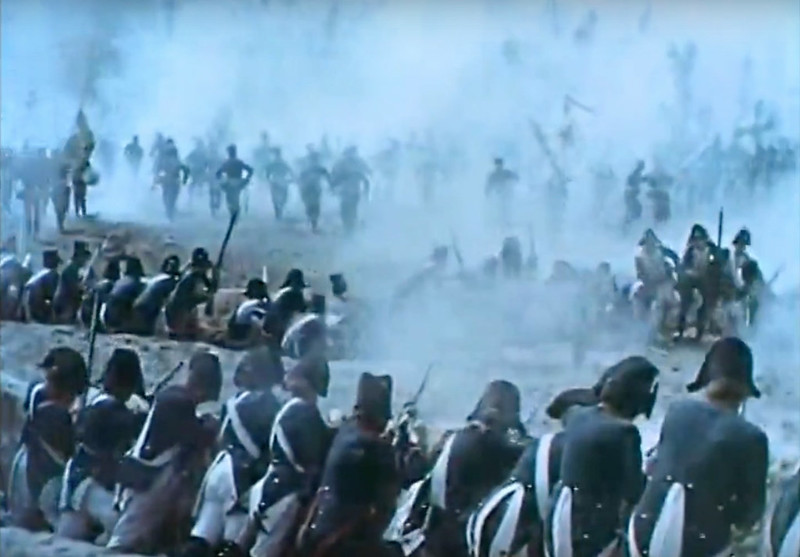
Nazism still premiered two more films before the surrender
"Kolberg" was the last great film production of Nazism, but not his last film. The comedy "Ein Mann wie Maximilian" premiered on March 13, 1945, and the melodrama "Via Mala" was presented on April 7, one month before the German surrender. "Kolberg" was relaunched in 1965, along with an accompanying documentary. Currently, the film is owned by the Friedrich Wilhelm Murnau Foundation, along with some 40 film productions of the Third Reich. In Germany it is considered a reserved film: it can only be shown in public with the permission of that foundation and after passing an explanatory documentary. In the rest of the world it is available on DVD, although it is not easy to find it, and it can also be found complete on Youtube. You can see here a fragment -subtitled in English- that I found on YouTube, specifically one of the most significant and propagandistic parts of the film, in which a Prussian official addresses the "Prussians and Germans", haranguing them for the fight. In this fragment you can also see some scenes of combats, with which we can get an idea of the means used in the film.
|
Don't miss the news and content that interest you. Receive the free daily newsletter in your email: Click here to subscribe |
- Most read
- A Corporal of the Regular Forces of the Spanish Army dies in an exercise in Poland
- Lenin: numbers, data and images of the crimes of the first communist dictator
- Sierra Army Depot, a huge United States base with hundreds of Abrams tanks stored
- Portugal confirms that it has begun its transition to the F-35 and indicates bad news for Spain
- “Cześć jego pamięci!” Poland dedicates the tribute to its Fallen to a Spanish soldier
- The deployment of Spanish soldiers of the Regulars and BRILAT near Russian territory
- The interior of the Statue of Liberty torch and the sabotage that canceled its visits
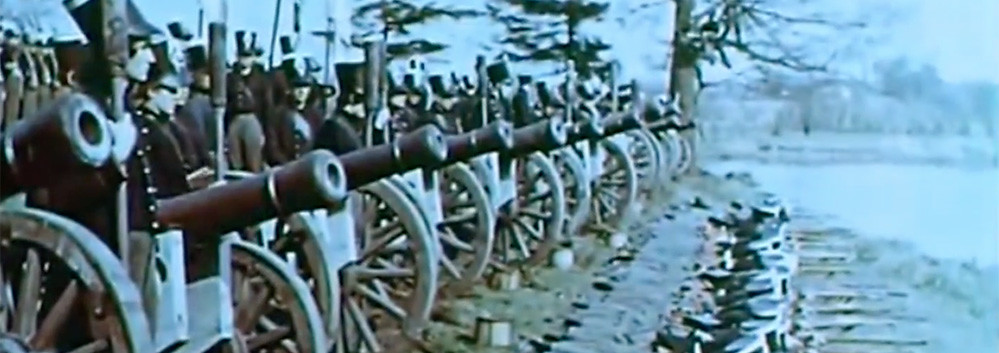
 ES
ES





Opina sobre esta entrada: